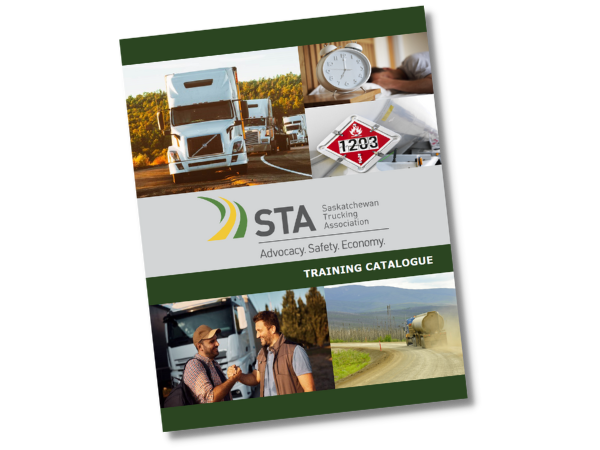
Nanos: Driver-Equipment Shortages & Driver Inc. Top Concerns for Trucking Execs
Jun 01, 2022
Demand for trucking services has increased beyond what trucking companies can handle in certain markets, causing some carriers to turn away loads, according to a Nanos survey of leading trucking executives

Nanos, which conducted the survey on behalf of the Canadian Trucking Alliance, interviewed 36 senior executives, representing companies which operate over 39,000 trucks, employ over 40,000 full and part-time employees and transported over 2.2 million loads in 2021.
While most respondents reported that trucking activity excelled in the first half of 2022, about a third stated demand hasn’t directly increased, but a shortage of drivers and trucks has led to a reduction of available capacity. A return to full capacity of the economy and customer demand will exacerbate this problem.
Additionally, the trucking executives view the current supply chain as weaker than what it was a year ago, due mainly to a lack of access to drivers, equipment, and parts.
When asked what the top issues of concern they were was an overwhelming consensus of the top three issues: (1) Driver Shortage (2) Equipment Shortage (3) Driver Inc.
Labour Shortage
Most senior executives say the major negative change they observed in the trucking industry this year is the shortage of labour and acceleration of retirements in the driver community.
“There just isn’t enough capacity to move it and folks who are moving freight are sharing a greater burden of the workload. There is potential risk for further collapse when people exit the industry,” one executive said.
Thirty-four of 36 executives listed the labour shortage as the top issue of concern for the trucking industry. Thirty-three of the 36 say that labour shortages have increased compared to a year ago. As one carrier told Nanos in response to this question: “Drivers, there is no other concern as big.”
One in three executives highlighted changing government regulations, such as vaccine mandates and the upcoming 10-paid sick days regulation, as having a negative impact on trucking labour capacity. Barriers to immigration programs was additional factor impacting driver labour capacity.
“It’s been a couple of years that we have been recruiting abroad, and it hasn’t gotten easier; it’s actually been harder. We’ve been waiting for applications for a year and a half. It takes a very long time,” an executive explained.
Beyond seeking relief on the immigration front, trucking executives mentioned promotion and marketing programs; developing and expanding training programs; and increasing wages, as three strategies they are implementing internally to resolve the driver shortage.
Equipment Shortages
Most trucking executives believe the lack of truck equipment availability as either a major (19/36) or a minor (14/36) problem affecting the trucking industry.
“I cannot buy a truck; I cannot buy a trailer for a couple of years. Trucks will be in operable, but I still must make payments on them and that is happening today,” said one executive.
“Tough to get trucks. I ordered 33 and received 9 that I ordered more than a year ago,” explained another.
Driver Inc.
The lack of enforcement on the labour misclassification scheme known as Driver Inc. is still top of mind for many executives and is seen as a major threat to those companies respect the labour and tax rules. Many executives focused their comments on increased enforcement of Driver Inc:
“The Driver Inc. model is one of the challenges that includes a lot of good drivers in (that system) who are being taken advantage. For all of us that remain in a non-Driver Inc. model for employees, we end up paying the (proper labour requirements), such as 10 sick days leave, etc. whereas those models don’t. if the Government says this is ok, then we will have to change our model as well.”
The labour abuses of the Driver inc. have been detailed in a November 2020 Toronto Star feature.
The Canadian Trucking Alliance continues to lobby the Government of Canada through the Supply Chain Summit for assistance with driver training funds/carrier programs, implementation of Known/Trusted Employer Immigration Program and enforcement of Driver Inc. CTA has also launched a highly successful social media program designed to attract Canadians to the trucking sector.
STA Training
We have a downloadable Training Catalogue!
Don't wait - sign up for one of our courses today and take the first step towards becoming a safer, more knowledgeable driver!
Categories | Driver Inc.
Tags | Business Operations, Compliance, Driver Shortage, Equipment Shortage




